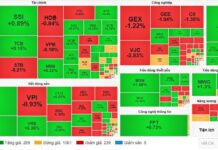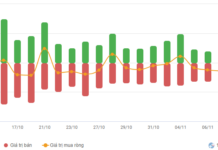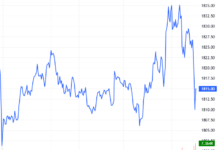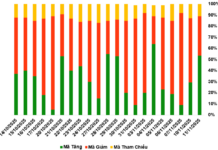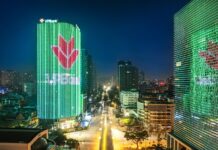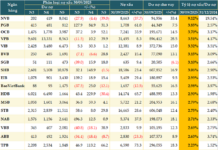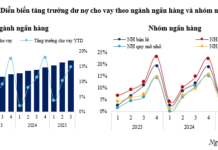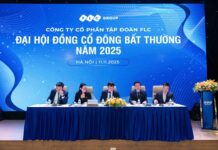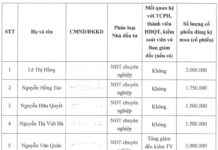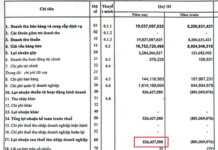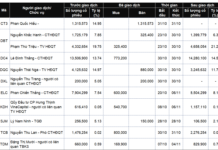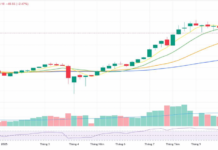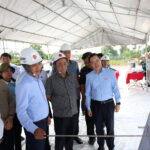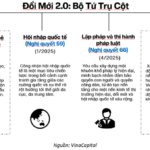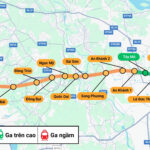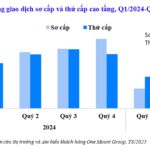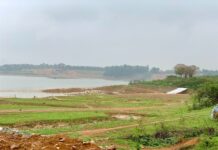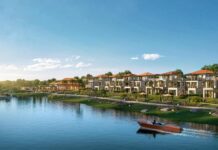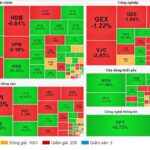While the real estate market in Nghe An has been relatively modest compared to other regions, a series of recent positive signals, including the entry of major players and the development of luxury high-rise apartment projects, indicate a promising new phase of growth after a prolonged period of stagnation.
Nghe An’s Infrastructure Development Accelerates, Triggering a Real Estate Growth Cycle
In recent years, Nghe An has been making remarkable strides in various aspects, including infrastructure, industry, and economy, solidifying its position as the new growth center of North Central Vietnam.
In terms of infrastructure, Nghe An is undergoing unprecedented development with strategic projects that enhance inter-regional connectivity. The completed and operational North-South Expressway section has reduced travel time to major economic hubs since September 2023. The 4,650-billion-VND coastal road is nearing completion, along with the Cua Lo deep-water port—the endpoint of the East-West Economic Corridor, which has commenced its first phase with a capital investment of over 5,200 billion VND. The nearly 1,000-billion-VND upgrade of Vinh Airport is also being expedited, expected to be completed by the end of this year and operational from early 2026. These projects are transforming Nghe An into a strategic connectivity hub, offering diverse transportation options by road, air, and sea.
Buoyed by the improving infrastructure, Nghe An’s industry is flourishing, with its industrial growth rate ranking among the highest in the country. Major industrial parks such as VSIP, WHA, and the Southeast Economic Zone are continuously expanding, attracting substantial FDI inflows from countries like South Korea, Japan, China, and Taiwan.
Meanwhile, the local economy maintains its impressive growth trajectory. In 2024, Nghe An’s GRDP reached 9.01%, ranking second in the North Central region. Notably, FDI hit a record high of 1.75 billion USD, marked by Foxconn’s 200-million-USD investment—a strategic partner of Apple—into the Southeast Economic Zone. The presence of such tech giants not only underscores the region’s appeal but also fosters a thriving ecosystem of satellite businesses, high-quality workforce, and stable housing demand, laying a solid foundation for the sustainable development of the real estate market.
Despite its robust fundamentals and exceptional growth potential, the real estate market in Nghe An remains relatively understated compared to other regions. Experts attribute this to the characteristic lull before a market quietly accumulates and prepares to enter a new growth cycle.
Positive Signals for the Nghe An Real Estate Market
After a prolonged period of stagnation, the real estate market in Nghe An is exhibiting clear signs of momentum, indicating the imminent onset of a new growth cycle. One noticeable indicator is the convergence of prominent real estate developers known for their large-scale development capabilities and strategic vision.
The presence of these industry leaders not only reflects their confidence in the region’s untapped potential but also signifies a substantial shift of investment capital to Nghe An, a burgeoning market endowed with robust fundamentals and attractive valuation.
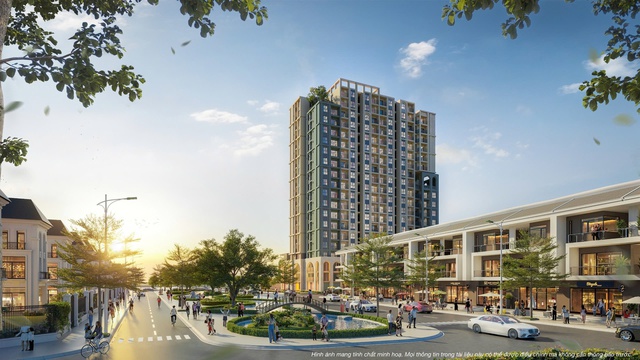
The presence of major real estate players is a positive signal for the Nghe An property market.
Alongside the entry of prominent developers, the Nghe An real estate market, particularly in the high-rise segment, has witnessed the introduction of numerous luxury apartment projects. In reality, the supply of high-rise apartments has not kept up with the demand for residential and investment properties. Consequently, products from reputable developers have been well-received upon their launch, as evidenced by strong sales performance.
For instance, the recently announced high-rise subdivision of the Vinh Heritage urban area quickly garnered interest from investors and homebuyers, resulting in a surge in online searches for the project.
According to the developer, the Vinh Heritage high-rise subdivision is strategically located on the extended Le Mao axis, a vital road connecting Nghe An’s center to National Highway 1A. The project is envisioned as a trendy apartment complex infused with a resort-style ambiance, boasting a lush ecosystem, water features, and resort-like amenities.
Industry experts believe that the introduction of high-rise apartments, particularly those in the luxury segment within integrated urban developments, will inject new energy into the Nghe An real estate market, which currently lacks such offerings. These high-rise projects not only diversify the market’s product mix but also cater to a broader spectrum of buyers, including both end-users and mid-to-long-term investors. This dynamic is expected to boost market liquidity, with forecasts of “sold-out” scenarios for projects that possess clear legalities, prime locations, and are developed by reputable companies.
The multitude of positive signals suggests that the prolonged stagnation phase of Nghe An’s real estate market is coming to an end, making way for a more pronounced growth cycle. Projections indicate that, from the second half of 2025, as large-scale projects enter the implementation and sales phases, the market will enter a state of heightened activity. This anticipated boom is further bolstered by the broader context of Vietnam’s real estate market recovery and resurgence after an extended adjustment period.
The Reason for the Delay in the Ho Chi Minh Road Project in An Giang – Ca Mau
The Ho Chi Minh Road project, spanning An Giang to Ca Mau, has faced some setbacks since its commencement in March 2024. As of now, only 42% of the construction has been completed, primarily due to shortages in filling materials and delays in land clearance. With these challenges, the project is at risk of falling behind schedule, making it unlikely to meet its target completion date this year.
The Innovation Renaissance: From Policy to Practice
Vietnam is embarking on an era of Doi Moi 2.0, a rapid transformation from policy statements to tangible outcomes, as evidenced by the 34 laws passed in June 2025, along with far-reaching administrative reforms. In the coming months, VinaCapital anticipates an accelerated pace of infrastructure investment disbursements, particularly in the transportation and energy sectors. Similarly, the real estate sector is expected to continue benefiting from recent policies that unblock stalled projects.
The Ultimate Guide to the Van Cao – Hoa Lac Metro Line: Unveiling the Vinhomes Mega-City and Hanoi’s Second Tallest Tower
The upcoming Metro Line 5, also known as the Van Cao – Hoa Lac route, is set to commence construction in just over four months. This exciting development will not only improve transportation convenience but also serve as a potential infrastructure catalyst for the surrounding real estate landscape.
The Ultimate Guide to Secondary Apartment Hunting in Hanoi: Navigating the Fifth Consecutive Quarter of Limited Mid-Range New Launches
The Hanoi real estate market witnessed a notable surge in the second quarter of 2025, with approximately 28,900 property transactions, signifying a remarkable 56% increase compared to the previous quarter. Notably, secondary transactions dominated the market, accounting for 20,400 units, an impressive 2.4 times higher than the 8,500 primary transactions.

